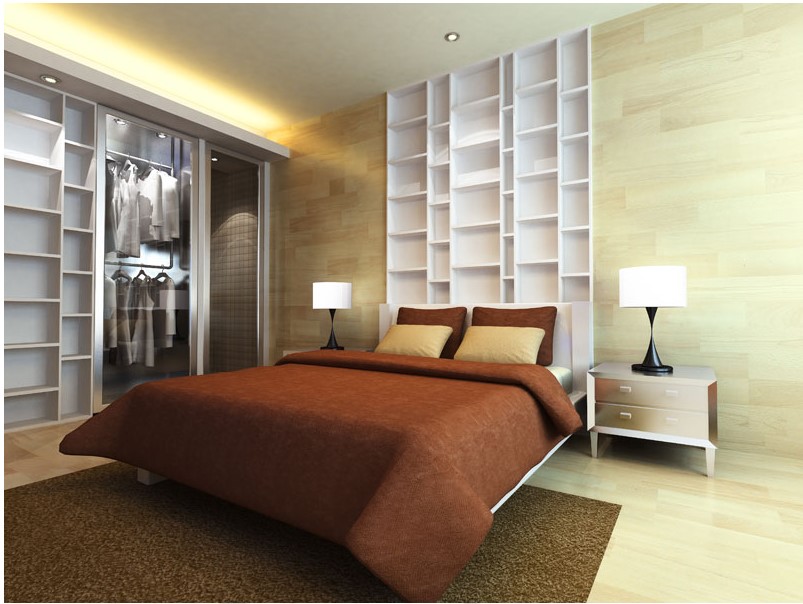In days past, people hung their clothes in ornately carved wooden wardrobes. They were decorative furnishings meant be admired, but also served the functional purpose of storing their owner’s prized possessions.
Stumbling upon a free-standing wardrobe today is a rarity. Though still beautiful, they don’t fulfill the storage need of purchase-happy consumers who maintain enough clothes to make any 19th century homemaker’s jaw drop.
Thus Enter Built in Wardrobes
Since abandoning the freestanding wardrobe, interior designers have been looking for ways to make storage spaces more aesthetically pleasing. Walk-in closets provide ample space, but swinging doors are clumsy and make what’s inside less a joy and more something to be hidden away, shamefully out of sight.
But we’re re-entering an age when mere “closets” are transforming back into the revered “wardrobe”. The name alone gives the impression that dressing oneself is an honored, cherished, even pleasurable experience, and that what lay beyond the doors (or, even, curtains) is exciting and mysterious.
Additionally, with the rise in home “flipping”, people are looking for new ways to reassign old houses’ unused spaces to handy storage areas.
Thus, designers are saying “good-bye” to shameful swinging doors and integrating sliding wardrobes into modern architecture.
What are Sliding Wardrobes?
Wardrobes are the smaller, fitter cousins of the walk-in closet. Usually only about a foot deep, they offer shelving, rods, and cubbyholes to stack, hang, or stash necessities into, check out this gallery to see some example images of wardrobes. They can be only a few feet wide or span the length of an entire room. They can be doorless or hidden behind fancy cover.
Such are sliding wardrobes.
The real trouble isn’t in deciding whether or not to integrate a built in wardrobe into your living space, but how you want to accent that space with a door that fits your, and your home’s, personality.
3 Types of Sliding Wardrobe Doors
Curtains are simple. Sometimes all you need is a splash of color and texture and the job is complete. This is your most flexible option and the best choice for anyone prone to frequent stylistic changes in home decor taste. Simply install a closet rod fixture and hang your choice of curtain in any texture, color, or pattern your heart desires and, when the mood strikes again, the divider can be replaced anew to give your room a completely different feel.
Paned doors are an airy choice. Similar to how French doors create the feel of open space in a central living area,glass or mirror-paned wardrobe doors will help to keep you from feeling walled in while still providing ample elegance.
Lastly, solid doors give a sense of bold permanence. Made of metal or wood, they usually contain an intricate feature–like a stamped texture or exotic wood–to bring out their robust oomph.
To the Wardrobe, and beyond!
It should be noted that built in wardrobes aren’t the end of the beloved walk-in closet, but they have been getting a more approving eye as of late. And, considering they can be inexpensive renovations that increase the overall value of a home, they rightly deserve the attention.
